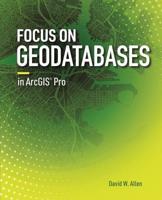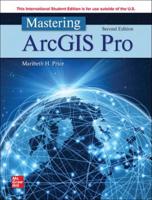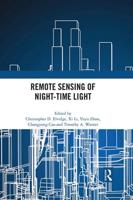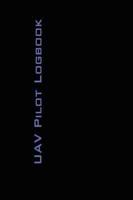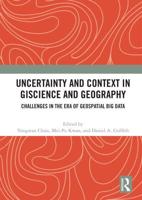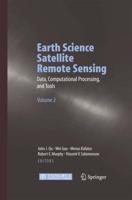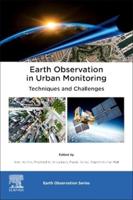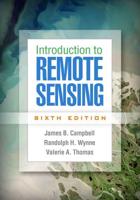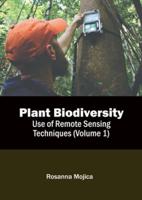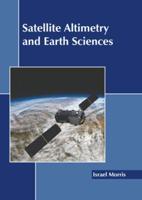Publisher's Synopsis
In Optical Remote Sensing From Satellites the authors set the scene for an understanding of recent advances in optical remote sensing of the earth and the importance of satellite techniques in this regard. As presently structured, the book consists of ten chapters. After a brief Preface and Introduction to satellite remote sensing, the authors describe satellite instrumentation including detectors and imaging systems, image processing, multispectral and hyperspectral instruments in chapter 3. Chapter 4 looks at electromagnetic radiation discussing topics such as Maxwell theory, the Stokes vector and the theoretical background to light reflection, transmission and scattering. It provides the physical basis for optical remote sensing from space. Chapter 5 describes the various sources of radiation such as blackbody, solar and terrestrial radiation and artificial sources such as lasers. Chapter 6 reviews light propagation in the atmosphere which is an important topic since satellite signals are influenced not only by atmospheric scattering but also by reflectance from natural surfaces such as oceans, soil, vegetation, forest, snow and ice, and these topics are covered in chapter 7. Chapter 8 considers forward models and inverse problems (e.g. linearization techniques, minimization procedures and the adjoint radiative transfer equation). Chapter 9 comprises a description of the application of techniques outlined in previous chapters for the solution of a number of practical problems such as the determination of aerosol, trace gas, and cloud properties using spectral top-of-atmosphere reflectances as detected by satellites. The final chapter 10 examines optical remote sensing techniques as applied to the monitoring of hurricanes, floods, desertification, volcanic eruptions, and climate change.

